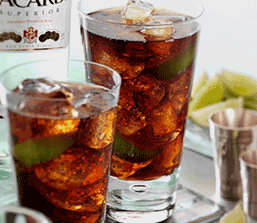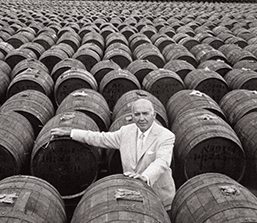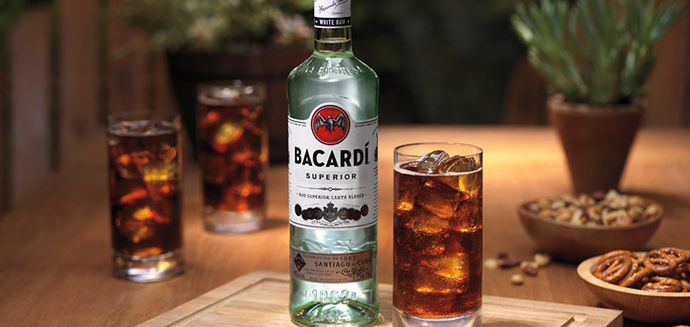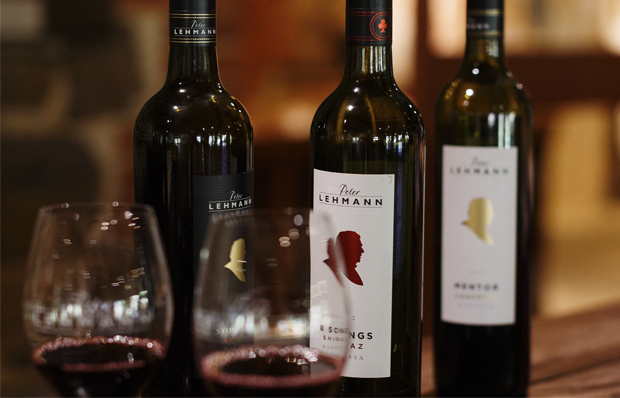A new guide for spiritual enlightenment by the pious team at Glengarry. Join us monthly as we explore everything spirit related. View the full issue online here.
Education: Cuban Rum
Of all the rums produced in the world, few have a more mysterious and complex history than those from Cuba. One of the most famous names that comes to mind is Bacardi, yet you can’t buy it in Cuba. They are based in Bermuda, and most of their rum is produced in Puerto Rico. Confused yet?
We start this story when rum production began on the island sometime in the 17th century. With a huge demand in Europe for sugar at this time, a labour force was established to work the sugarcane plantations in the Caribbean, introduced there by Columbus in the 1400s. Cuba had the perfect terroir, a hot sticky climate and fertile soils, ideal for sugarcane and tobacco. It was also ideally placed geographically and politically, being under Spanish rule at the time and part of the major shipping routes. Plantation slaves had discovered that the by-product of the refining process, molasses, could be fermented into alcohol.

We think that the first true distillation of the molasses occurred in Barbados, with a 1651 document stating, “The chief fuddling they make in the island is Rumbullion, alias Kill-Devil, and this is made of sugar canes distilled, a hot, hellish, and terrible liquor.” The popularity of this distilled liquor quickly spread, and became the favoured drink of Pirates and the public alike. The British Royal Navy had officially changed their daily ration of liquor, from French Brandy to Rum, after they captured Jamaica in 1655.
The real advances in Cuban rum came from Facundo Bacardi Masso, who moved from Spain to Santiago de Cuba in 1830. Rum was still very unrefined and cheaply made when he arrived. He set up the distillery in an old building with fruit bats in the rafters, the inspiration of the Bacardi logo. It came with an old copper and cast iron still, and he began experimenting with cultivating his own yeast strains. Then introducing filtering through charcoal to remove impurities, and aging his rum in white oak barrels. All this produced a smooth, light and mellow type of rum that hadn’t been seen before. That lighter Cuban style is still famous today.

Bacardi employees in Santiago de Cuba, circa 1940s
By the late 1800s, there were more than 1000 distillers on the island. But the two leading families were the Bacardi’s and the Arechabala’s. Their arch rivals produced Havana Club, an incredibly popular rum both in Cuba and the U.S.A. Unfortunately for them, the Cuban Revolution in 1960 saw Castro ‘nationalise’ all companies, sending both families into exile.
Luckily for the Bacardi family they had already expanded production overseas, first to Mexico, then to Puerto Rico to avoid tariffs in the United States. They had also moved all of their trademarks and formulas to the Bahamas due to concerns under the former leader Batista. This meant they were able to essentially continue on outside the country. Their former distillery was taken over by the Cuban government and now produces the Santiago de Cuba brand. The family flourished though, and Bacardi has gone on to become the largest family owned spirits company in the world.

Bacardi boss Pepin Bosch
The Arechabala’s were not so fortunate; after fleeing to Spain and the United States, they had no distillery ready to continue making rum. The regime took over Havana Club and continued to produce it under the same name, much of it being sold to the Soviets. The Arechabala family still had the rights to the US trademark, but when they let it slip in 1973, the Cuban government snatched it up (even though they are still not able to sell it there.) When the USSR collapsed, Cuba needed for find new markets for Havana Club, so it signed a 50/50 deal with French giant Pernod Ricard to help produce and distribute worldwide. Because of the unique style of Cuban rum, and them being isolated for so long, when it finally started to be available again in the 1990’s it quickly became one of the most sought after rums on the market. Havana Club is now the fifth largest rum brand in the world.
Many other Cuban rum families were also forced into exile; brands like Matusalem (now made in the Dominican Republic). Always check the country of origin to see if your Cuban branded rum is actually made there. In New Zealand it’s possible to find some of the smaller Cuban labels, like the aforementioned Santiago de Cuba which was a favourite of Castro. Hunt out Varadero for another producer that is very well priced and of great quality.
Regan McCaffery



